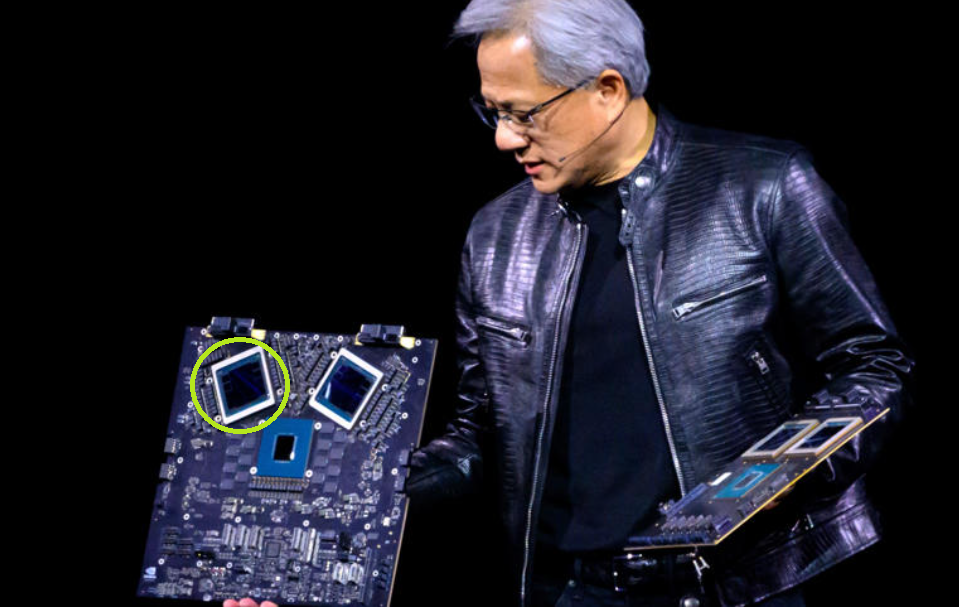The rise of AI has been rapid, even though it’s been around for over three decades. However, it wasn’t until recently that AI gained widespread recognition and started to impact our daily lives in various ways.
So why did AI take off now? What enabled AI to become a reality?
The answer lies in the advancements of technology, specifically in computing power and data availability. In the past, limited computing power and expensive hardware made it challenging to develop sophisticated AI systems. But with the advent of powerful processors and cloud computing, AI researchers were able to process large amounts of data and train complex algorithms at a much faster rate.

NVIDIA’s Blackwell B200 AI (GPU) Chip
Additionally, the rise of big data has played a crucial role in AI’s development.
With the growth of digital technologies and internet-connected devices, vast amounts of data are being generated every day. This influx of data provides AI systems with a wealth of information to learn from and improve their performance.
Moreover, advancements in machine learning techniques have also been a significant catalyst for AI’s rise. Machine learning algorithms allow computers to analyze large datasets and recognize patterns without being explicitly programmed. This ability to learn from data has enabled machines to perform tasks that were previously thought impossible for them.
Another crucial factor in AI’s rise is the collaboration between academia and industry.
In the past, AI was primarily confined to research labs and academic institutions. However, with the increasing demand for intelligent technologies, tech companies have started investing heavily in AI research and development. This partnership has led to breakthroughs in AI technology and its widespread adoption.
Moreover, the rise of affordable computing devices like smartphones has expanded AI’s reach to a wider audience. Today, we interact with AI every day through virtual assistants like Siri and Alexa, personalized recommendations on streaming platforms like Netflix, and facial recognition technology on our phones.
In conclusion, the rise of AI can be attributed to a combination of factors, including increased computational power, big data, advancements in machine learning techniques, collaboration between academia and industry, and widespread accessibility. As technology continues to evolve and improve, we can expect even more groundbreaking developments in the field of artificial intelligence.
Click here to see a post on integrating AI into physical robots.
You may also like:

